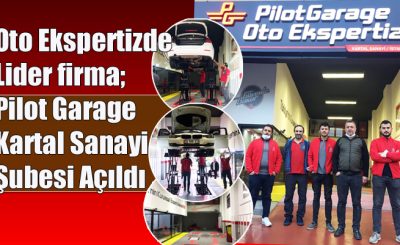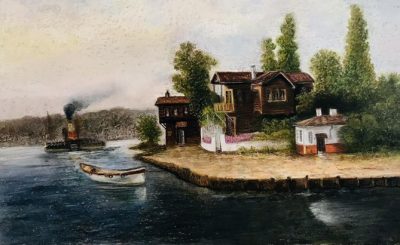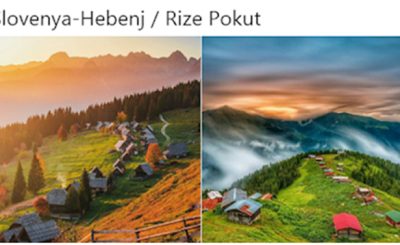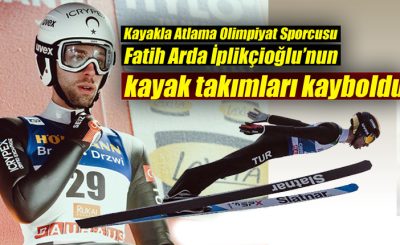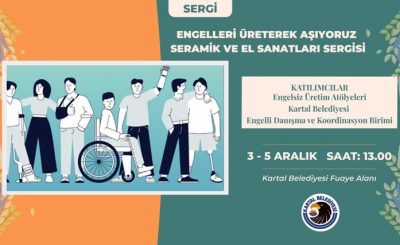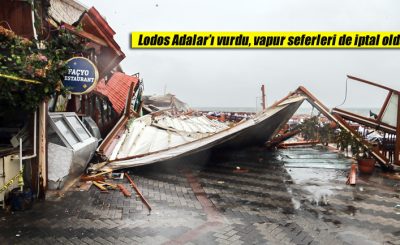From Cotton to Comfort: The Journey of Quality Towel Production
When you wrap yourself in a plush, absorbent towel after a shower, you probably don’t think about the complex journey that transformed raw cotton into that comfortable textile. The production of quality towels is a fascinating process that combines agricultural excellence, advanced manufacturing technology, and skilled craftsmanship. Understanding this journey helps appreciate the value of premium towels and explains why partnering with experienced bath towel manufacturers makes such a difference in final product quality. From cotton fields to finished products, every step influences the softness, absorbency, and durability that define exceptional towels. Let’s explore the complete production process that creates the luxurious towels found in fine hotels and homes worldwide.
Cotton Cultivation and Harvesting
The journey begins in cotton fields where climate, soil quality, and farming practices determine fiber characteristics. Premium towel production requires high-quality cotton with long staple fibers, typically grown in regions like Turkey, Egypt, or the United States. The cotton plant takes approximately six months to mature, during which careful irrigation, pest management, and nutrient application ensure optimal growth. When cotton bolls ripen and burst open, revealing fluffy white fibers, harvesting begins. Modern mechanical harvesters efficiently collect cotton, though some premium varieties are still hand-picked to ensure fiber integrity. The harvested cotton contains seeds, leaves, and other debris that must be removed before processing. Quality starts at this foundational stage, as superior raw cotton provides the essential building blocks for excellent towels.
Ginning and Fiber Processing
After harvest, cotton moves to ginning facilities where seeds are separated from fibers. This crucial step must be performed carefully to avoid damaging the delicate cotton strands. Modern gins use rotating saws or rollers to pull fibers away from seeds while minimizing breakage. The separated fibers, called lint, proceed to cleaning processes that remove remaining plant material and impurities. High-quality manufacturers pay special attention to this stage because damaged or contaminated fibers compromise final towel quality. Clean cotton fibers are then compressed into large bales for transport to spinning facilities. Each bale weighs approximately two hundred kilograms and represents the raw material for thousands of towels. Quality control inspections at this stage assess fiber length, strength, and cleanliness, ensuring only premium cotton advances to the next production phase.
Spinning Yarn from Cotton Fibers
At spinning facilities, cotton bales are opened and the compressed fibers are loosened through mechanical processes. The cotton passes through carding machines equipped with fine wire teeth that align fibers and remove any remaining short fibers or impurities. This creates a thin web of parallel fibers called a card sliver. For premium towels, an additional combing process removes short fibers and further aligns the remaining long staples, producing combed cotton yarn known for exceptional softness and strength. The aligned fibers are drawn out and twisted together to form yarn. Ring spinning, the traditional method, creates strong, high-quality yarn preferred by top bath towel manufacturers. The yarn thickness, measured in counts, determines the final towel’s weight and texture. Tighter twists produce more durable yarn, while looser twists create softer, more absorbent yarn.
Dyeing and Color Application
Before weaving, yarn typically undergoes dyeing to achieve desired colors. White towels may skip this step or receive optical brightening treatments to enhance their pristine appearance. For colored towels, yarn dyeing ensures even, long-lasting color throughout the fabric. Quality manufacturers use reactive dyes that chemically bond with cotton fibers, creating colorfast results that resist fading through countless washes. The dyeing process occurs in large vats where temperature, time, and chemical balance must be precisely controlled. Environmental considerations have led many manufacturers to adopt eco-friendly dyeing methods that reduce water consumption and eliminate harmful chemicals. After dyeing, yarn is thoroughly rinsed and dried before advancing to weaving. The quality of dyes and dyeing processes directly impacts the towel’s appearance retention and safety for end users.
Weaving the Terry Cloth Fabric
The distinctive texture of towels comes from terry cloth weaving, a specialized technique that creates the characteristic loops on the fabric surface. Weaving occurs on industrial looms where yarn is interlaced in specific patterns. Terry weaving uses two sets of warp yarns at different tensions, allowing some threads to form loops while others create the base fabric structure. Loop density and height determine the towel’s absorbency and plushness. Skilled technicians monitor the weaving process to ensure consistent loop formation and prevent defects. Modern computerized looms maintain precise control over tension and pattern, producing uniform fabric with minimal waste. The base fabric structure provides strength and dimensional stability, while the loops deliver the softness and absorbency that make towels functional. Quality bath towel manufacturers invest in advanced looms and regular maintenance to produce consistently excellent terry cloth.
Finishing Treatments and Quality Enhancement
After weaving, the raw terry cloth undergoes finishing treatments that enhance its properties and appearance. Scouring removes natural waxes, oils, and any remaining impurities from the fabric, improving absorbency. Bleaching brightens white towels, while optical brighteners may be applied to enhance whiteness. For colored towels, fixing agents ensure dye permanence. Softening treatments make the fabric more pleasant to touch without compromising absorbency. Some manufacturers apply antimicrobial treatments for towels destined for healthcare environments. The fabric is then dried and inspected for defects. Quality control at this stage identifies and removes any fabric with weaving errors, color inconsistencies, or damage. Only fabric meeting strict standards proceeds to the cutting and sewing stages.
Cutting, Hemming, and Final Assembly
Approved fabric moves to cutting departments where it’s precisely measured and cut to specified dimensions. Automated cutting machines ensure accuracy and minimize waste. The cut towel panels receive hemmed edges to prevent fraying and provide a finished appearance. Double-stitched hems using strong, colorfast thread create durable edges that withstand repeated laundering. For towels with decorative elements, embroidery or jacquard borders are added at this stage. Quality manufacturers pay careful attention to hem straightness and stitch consistency, as these details reflect overall production standards. Each completed towel undergoes final inspection where trained personnel check dimensions, stitching quality, fabric consistency, and overall appearance. Towels passing this rigorous inspection are folded, packaged, and prepared for shipment to customers worldwide.
Quality Testing and Certification
Before towels leave manufacturing facilities, representative samples undergo comprehensive testing to verify they meet specified standards. Tests measure absorbency rates, colorfastness under various conditions, dimensional stability after washing, and fabric strength. Premium bath towel manufacturers maintain in-house laboratories equipped with specialized testing equipment. Many also pursue third-party certifications like OEKO-TEX, which verifies that textiles are free from harmful substances. These certifications require regular testing and audits, providing customers with confidence in product safety and quality. Testing data informs continuous improvement efforts, helping manufacturers refine processes and maintain consistency across production batches.


